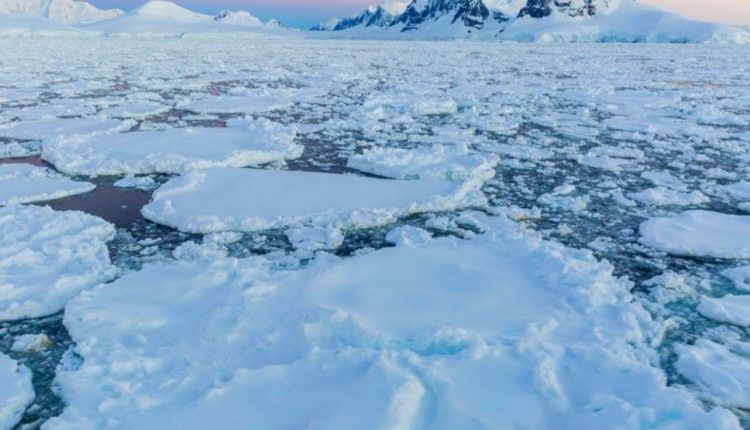Scientists have discovered for the first time microplastics in fresh Antarctic snow in Antarctica.
Researchers at the University of Canterbury, New Zealand, collected samples from 19 regions of Antarctica, each containing a small piece of plastic. Microplastics in Antarctic snow are caused by the erosion of plastics and are smaller than a grain of rice, sometimes even invisible.
The researchers found an average of 29 particles per liter of melted snow. They identified 13 types of plastic, the most common being polyethylene terephthalate (PET), used in soda bottles and clothing. It is found in 79% of samples.
Advertisement
Read more: Met Office UK warns off thunderstorm and risk of flooding
Where are they from?
“This is the most likely source of airborne microplastics – a local research station,” researcher Alex Aves wrote in the journal Cryosphere. “However, the modeling suggests that their origins may be up to 6,000 km (3,700 miles) away.” Previous studies have identified microplastic contamination of sea ice and surface water in Antarctica, but this is the first time new snow has been reported.
According to a major study published last year in the Proceedings of the National Sciences Academy, microplastics spread around the world mainly through dust, wind and ocean currents. In 2020, researchers discovered microplastics near Mount Everest. It is also found in the deep sea. Why worry about new discoveries?
This type of contamination can be local and widespread. “Microplastics can contain harmful substances such as heavy metals and algae,” said Laura Revel, an associate professor at the University of Canterbury who participated in the study.
“Therefore, they can provide a way for pests to reach certain remote and sensitive areas, which otherwise would not be the case.”
Read more: Temperature drops in Karachi
Experts also say that microplastics are absorbed through air, water and food. Although there are not many studies on its effects on human health, a study last year by York Medical School and Hull University found that high levels of microplastics ingested in the body can have harmful effects, including cell division. death and allergic reactions.
Microplastics can also amplify the effects of global warming. Snowfields, glaciers and glaciers around the world are melting rapidly, and scientists say the black microplastics that have accumulated there could worsen the situation by absorbing sunlight and increasing local heat.
Pure snow, glaciers, and glaciers can reflect most of the sunlight, but other pollutants, such as carbon black, have also been found in Himalayan glaciers and glaciers. Scientists say it is accelerating melting. The rapid melting of glaciers on mountain ridges in various parts of the world is becoming increasingly dangerous, leading to landslides and avalanches and the eruption of glacial lakes.
The thinning and rapid retreat of glaciers also threatens water supply and agriculture in the mountainous regions of the world.


